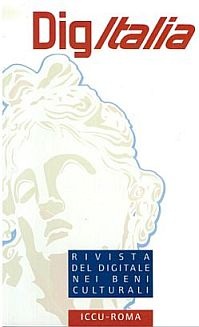Il riversamento di formato elettronico tra standard internazionali e Linee guida sulla formazione, gestione e conservazione di documenti informatici dell’AgID
DOI:
https://doi.org/10.36181/digitalia-00093Keywords:
digital archives, file formatsAbstract
The problem of file format obsolescence poses significant challenges for the long-term preservation of electronic records. Continuous technological developments make existing formats obsolete, requiring timely conversion to new formats to ensure future usability. This issue affects both open-source and commercial formats, with vendors sometimes encouraging a switch to new products through planned obsolescence. To solve this problem, the strategy of file format conversion has been proposed, which involves converting electronic records from an old format to a more current one. However, although the importance of this strategy is widely recognised, its practical implementation is still limited due to a lack of knowledge and expertise, operational guidelines, and advise. This paper aims to fill this gap by outlining the rationale behind format conversion,
the timing of its implementation, and the methodologies for conversion – referencing both international and national guidelines – and proposing a methodology for mass conversion based on process certification.
Downloads
Downloads
Published
How to Cite
Issue
Section
License
Copyright (c) 2024 Stefano Allegrezza

This work is licensed under a Creative Commons Attribution-ShareAlike 3.0 Unported License.
The Authors publishing their contributions on this journal agree to the following conditions:
- The Authors detain intellectual property rights of their work and transfer the right of first publication of the work to the journal, under the following Licence: Attribution-ShareAlike 3.0 Italy (CC BY-SA 3.0 IT). This Licence allows third parties to share the work by attributing it to the Authors and clarifying that the work has been first published on this journal.
- Authors can sign other, non-exclusive licence agreements for the dissemination of the published word (e.g. to deposit it in an institutional archive or publish it in a monography), provided that they state that the work has been first published on this journal.
- Authors can disseminate their work online (e.g. in institutional repositories or on their personal websites) after its publication, to potentially enhance knowledge sharing, foster productive intellectual exchange and increase citations (see The Effect of Open Access).






